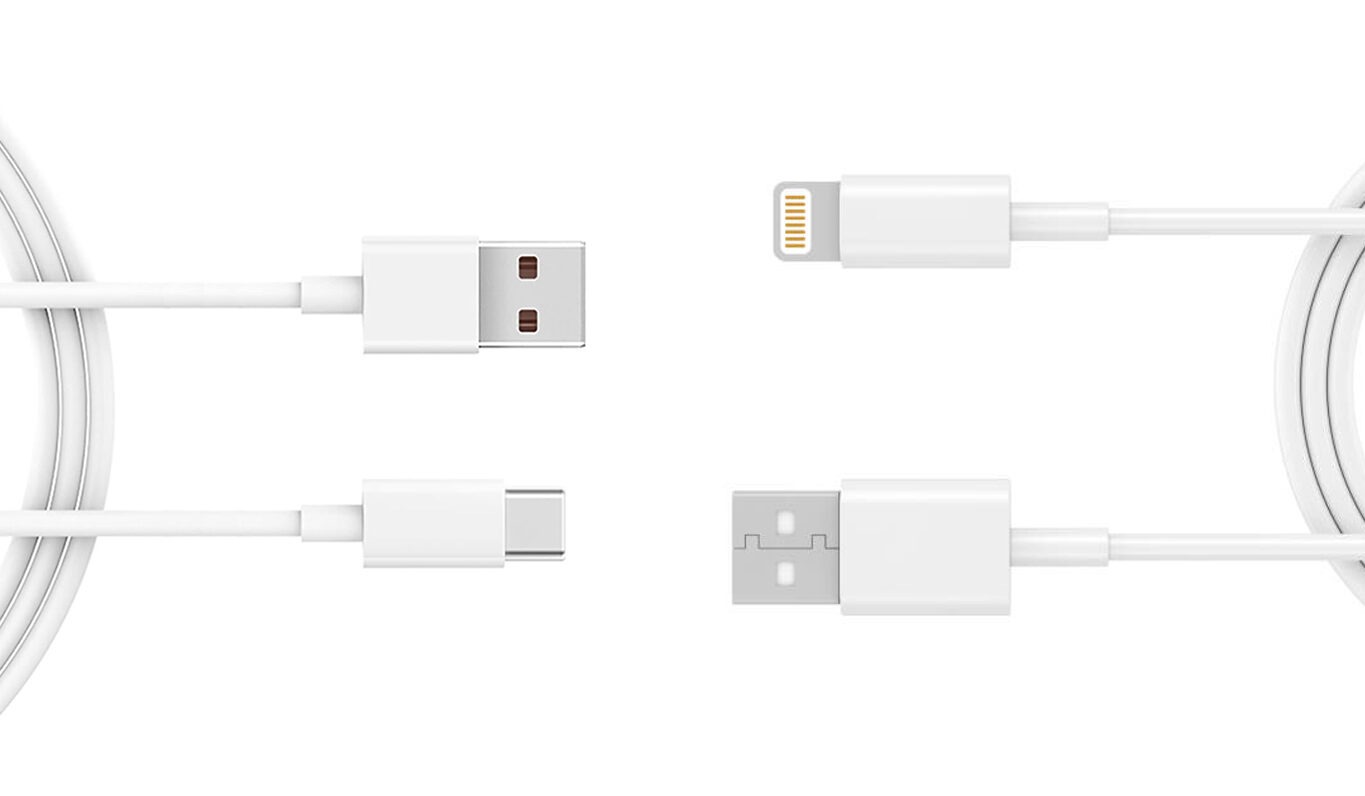
USB-C vs. Lightning Cable
When it comes to charging and data transfer, the cable you choose can make a significant difference in your user experience. USB-C and Apple’s Lightning cable are two of the most prominent connectors in this arena. Let’s dive into the battle of USB Type-C vs. Lightning to see which one comes out on top.
Connector Type:
USB-C: This connector has become a universal standard, adopted by various manufacturers. What sets it apart is its reversible design, which means you can plug it in either way. It’s compact and versatile.
Lightning: On the other hand, Lightning is Apple’s proprietary connector, exclusively used for their iOS devices such as iPhones, iPads, and iPods. It’s smaller than traditional USB-A connectors but not reversible.
Compatibility:
USB Type-C: USB-C is a connector for all seasons. It’s found in Android smartphones, laptops, tablets, and a growing number of accessories, making it the go-to choice for many.
Lightning: Lightning is the exclusive realm of Apple. You won’t find it on non-Apple products, which can be both an advantage and a limitation depending on your ecosystem.
Speed and Features:
USB Type-C: USB-C is the speed demon in this race. It supports faster data transfer speeds and robust power delivery capabilities compared to its competitors. It’s also versatile, accommodating various protocols, including USB 3.1, Thunderbolt 3, and more.
Lightning: While Lightning offers respectable data transfer speeds and charging capabilities, it doesn’t quite match the full spectrum of USB-C’s capabilities.
Reversibility:
USB Type-C: No more squinting at your connector to figure out which way is up; USB-C is reversible, making it incredibly user-friendly.
Lightning: While Lightning connectors are not reversible, they are designed for easy insertion without worrying about orientation.
Durability:
USB Type-C: USB-C connectors are built to last, with durability as a priority.
Lightning: Lightning connectors are also durable but may be more susceptible to wear and tear over time.
Ecosystem Lock-In:
USB Type-C: As a universal standard, USB-C promotes compatibility across different brands and ecosystems, reducing the risk of being locked into a single manufacturer’s products.
Lightning: Apple’s Lightning connector, being proprietary, might encourage users to stick within the Apple ecosystem for accessories and chargers.
Why make the Switch? USB-C or Lightening
In conclusion, the choice between USB Type-C and Lightning depends on your device preferences and ecosystem. USB-C is the more versatile and widely adopted standard, while Lightning is exclusive to Apple devices. In previous years, Apple had embraced USB Type-C technology for various products like the MacBook and iPad Pro. However, this year, Apple took a significant step by introducing a transformative change for the iPhone 15.
Heinrich Busumuru is a seasoned contributor to Nfinithub.com, where they provide their specialized knowledge on a wide range of subjects, including finance, technology, gaming, travel, and more. Their enthusiasm for learning and sharing insights is evident in each of their contributions. Heinrich possesses extensive expertise and experience in the technology industry, with a particular focus on IT and electrical engineering.


Leave a Reply